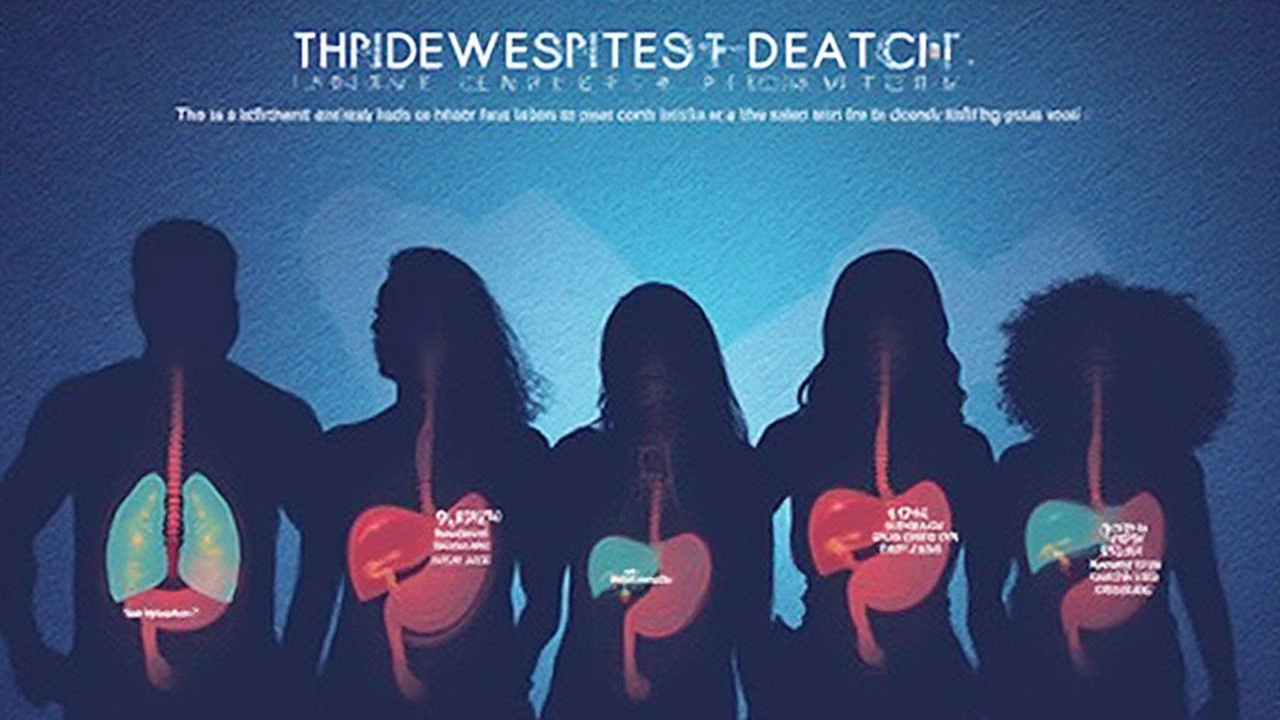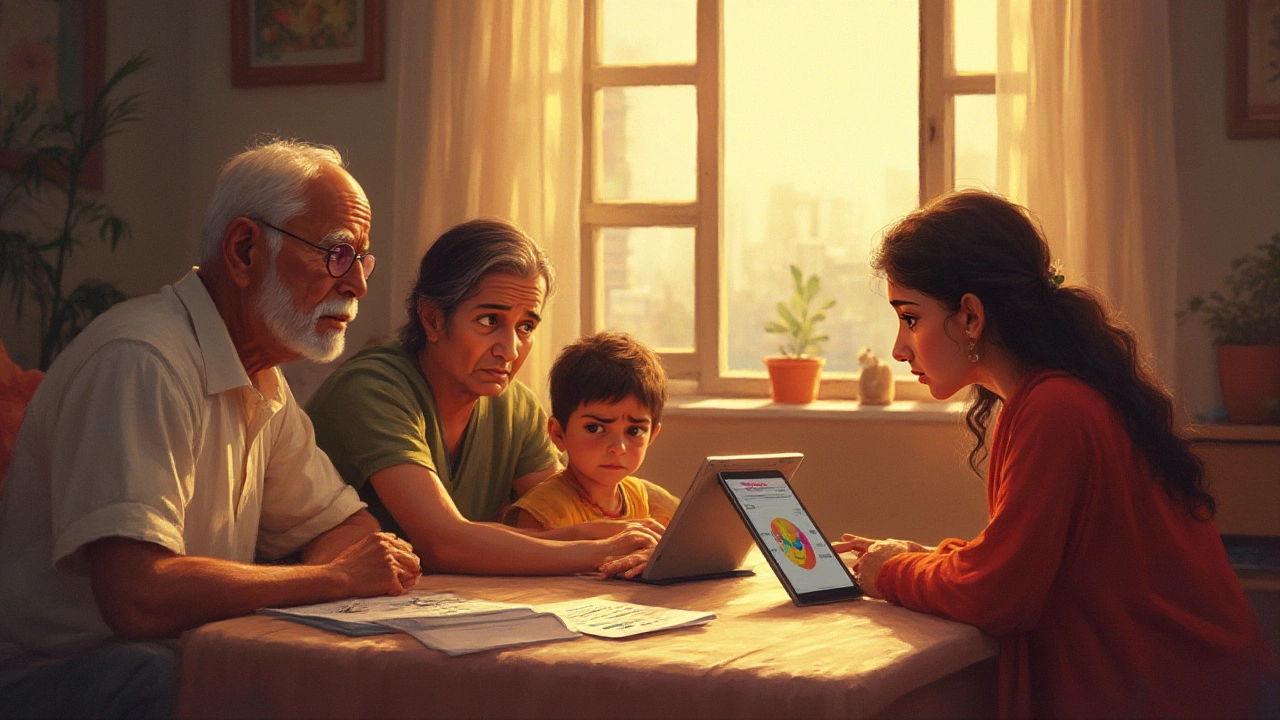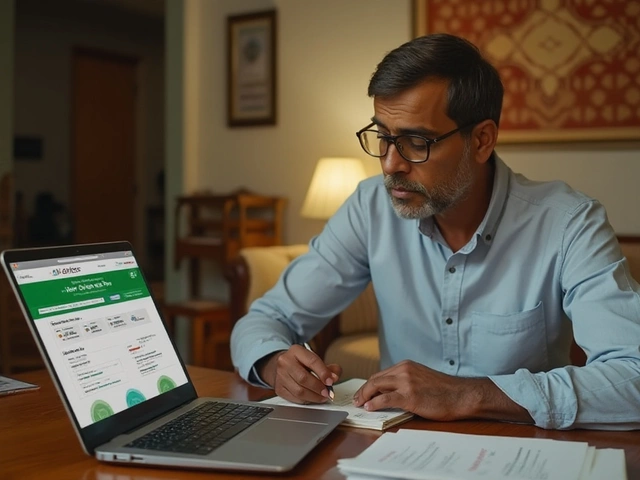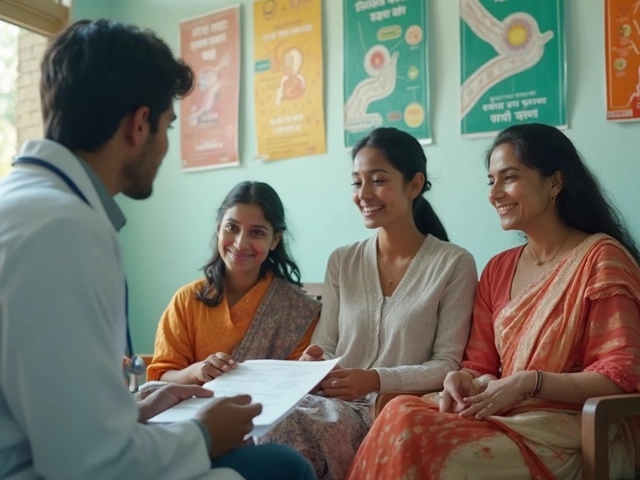Imagine a conversation around the dinner table where someone brings up the 'C-word'—everyone goes quiet. Cancer has this power to freeze people in their tracks, but not all cancers are built the same. Some lurk in silence for years, others strike like lightning. The phrase “worst cancer” isn’t just about what’s painful; it’s about survival odds, how fast the disease grows, and what tricks it uses to escape treatment. People often wonder, which types of cancer are actually the worst? The grim reality: some cancers are far sneakier and deadlier than others, and it’s not always about which organ gets hit. If you want to know the harsh truth about the cancers that really keep doctors up at night, buckle in—there are some shocking facts that might even surprise you.
Defining 'Worst': What Makes a Cancer Especially Dangerous?
“Worst” isn’t just about which cancer hurts the most or comes with the roughest chemo. For doctors, ‘worst’ often means a combination of fast growth, stealthy symptoms, high fatality rates, and how often the cancer resists the arsenal of drugs and treatments we have today. Three things really stand out:
- Late detection: Cancers like pancreatic or ovarian cancer play hide-and-seek, showing little to no symptoms until they’ve already spread to far-off places.
- Rapid progression: Some cancers multiply with scary speed. Think of small cell lung cancer, which can double in size in just weeks.
- Lack of effective treatment: Certain cancers, no matter how hard doctors try, don’t seem to listen to therapies or surgeries. Brain cancers like glioblastoma seem to shrug off everything thrown at them.
The table below breaks down the 5-year survival rates—one of the harshest stats in cancer care—for a few notorious cancers:
| Cancer Type | 5-Year Survival Rate (%) |
|---|---|
| Pancreatic | 11 |
| Lung | 25 |
| Ovarian | 50 |
| Glioblastoma (Brain) | 6 |
| Liver | 20 |
| Breast (late stage) | 30 |
If you notice, some cancers, even though famous (like breast cancer), don’t have terrifying stats unless they’re caught late. Others, like glioblastoma, are tough from the start. It’s this combination—hard to spot, quick to spread, tough to treat—that truly spells trouble. Knowing the enemy is step one in planning your defense or supporting someone going through it. It’s worth noting that sometimes the rarest cancers get the least attention but pack the deadliest punch because there just isn’t enough awareness or research on them yet.
Top Offenders: The Deadliest Cancers and Why They’re So Tough
Few things send a chill down the spine quite like a diagnosis of pancreatic, lung, liver, brain, or late-stage ovarian cancer. These types top the list year after year in cancer mortality reports by trusted sources like the American Cancer Society. The issue isn’t that they kill more people just because they’re common—it’s how hard they are to fight. Here’s a look at what makes each one uniquely awful:
- Pancreatic Cancer: Sometimes called the 'silent killer,' symptoms like stomach pain, unintentional weight loss, or new-onset diabetes don’t pop up until it’s too late. By the time most people learn they have it, more than 80% already have incurable disease. The real villain? Its location, surrounded by major blood vessels and nerves, making surgery and radiation nearly impossible in many cases.
- Lung Cancer: For decades, lung cancer has killed more people than any other cancer type. It can start quietly, especially in non-smokers, and signs like a persistent cough or chest pain are easy to brush off until the disease is well advanced. Small cell type, in particular, can double in size every 25–30 days, making early control difficult.
- Glioblastoma (High-Grade Brain Tumors): You might not hear much about brain tumors outside of big celebrity cases, but glioblastoma deserves its deadly reputation. Even with surgery, chemo, and radiation, average survival is about 15 months. Why? Tumors infiltrate healthy brain tissue like the roots of a tree—you can’t cut all of it out, and they usually bounce back faster than researchers can develop new treatments.
- Liver Cancer: Chronic hepatitis and cirrhosis (often connected with alcohol, obesity, or hepatitis B/C infections) have pushed liver cancer rates higher worldwide. The liver quietly handles damage for years, so by the time symptoms like jaundice or pain arrive, most cancers are already advanced or have spread.
- Ovarian Cancer: Dubbed the 'disease that whispers,' ovarian cancer often grows undetected until it spreads throughout the abdomen. Regular symptoms sound like normal stomach complaints—bloating, cramps, feeling full—so many ignore them. Screening tests aren’t reliable, which leaves most women undiagnosed until they reach a stage where only half will live five more years.
If you think cancers only happen to older adults, think again: certain aggressive sub-types strike young people too. For example, sarcomas and leukemia variant cancers can develop in children and teens. Plus, men are more likely to die from some of the worst cancer types (especially lung and liver), usually because early symptoms are ignored or brushed off.
To put these in context, these aren’t just numbers—they’re a reminder why regular health checkups (even if you feel fine) and talking to your doctor about unusual symptoms is so key. Many people only wish they’d paid attention earlier when their diagnosis finally comes.

Cracking the Code: Why Do Some Cancers Outsmart Treatment?
It blows the mind how smart cancer can be. Cancers don’t work the way you expect a simple infection or wound would—they adapt, fight back, and sometimes develop an almost superpower level ability to hide. Here’s what’s really going on:
- Some cancers have genetic mutations from day one that make them resistant to common chemotherapy, even before the first dose. Pancreatic and glioblastoma cells, for example, hide behind tough barriers so drugs struggle to even reach them.
- Fast-growing cancers (small cell lung, certain liver tumors) copy themselves so quickly that the older treatments can't keep up. While one population of cells dies, another army just like them is born.
- Microenvironments—the stuff surrounding cancer cells—can block immune cells or soaking up medicine before it does its job. Imagine a fortress with thick walls that guards the enemy inside. This is especially true in brain and pancreatic tumors.
- Some tumors adapt so rapidly that the treatment destroying them one month is useless the next. This rapid evolution means doctors are constantly changing tactics, rarely having time to get ahead of the disease.
- Late detection is the cancer’s favorite trick. Silent symptoms give cancer a head start of months or even years. Pancreatic, ovarian, and liver cancers are pros at this sneak attack.
If you ever sat through a medical drama, you know the medical team often races against the clock. This is a daily reality—by the time a patient feels really sick, treatment options are often already limited. Many researchers are now focused on early detection, with blood tests or special scans that can catch the sneakiest tumors before they build their fortress. The hope is that in the next few years, technology will let us spot and treat the worst cancers before they even have a chance to become deadly.
Thinking about risk? It’s not just bad luck: smoking, drinking too much, obesity, chronic infections, and even bad air pollution all crank up the odds of getting the toughest cancers. Lifestyle tweaks aren’t a cure, but studies show people who quit smoking, cut down on alcohol, or reach a healthy weight can cut their risk for some of the worst offender cancers almost in half.
Hope, Prevention, and What You Can Do Today
You can’t always predict or prevent cancer, but that doesn’t mean you should just throw your hands up. Science is racing ahead—since 2011, several new types of immunotherapy have totally changed the game for some hard-to-treat cancers, like late-stage melanoma or certain lung cancers. The more we learn about cancer DNA, the more doctors can tailor treatment to each person—a slow but real step in the right direction.
So, what can you actually do today?
- Be relentless with regular health screenings, especially if you have a family history of any of the big five cancers (lung, pancreatic, brain, liver, ovarian).
- Don’t ignore symptoms that hang around for weeks—like a cough, stomach bloating, headaches, new lumps, or sudden changes in bathroom habits. Tell your doctor, even if it feels minor.
- Simple lifestyle changes do stack the odds in your favor: quit smoking, go easy on the booze, lose excess weight, and add more plant-based meals to your week. These shifts can actually lower your risk—not just for the worst cancers, but for many chronic illnesses.
- Get vaccinated! The HPV vaccine and hepatitis B vaccine lower the risk of cervical and liver cancers, which still kill hundreds of thousands every year worldwide.
There’s a cold truth to face: some cancers, no matter how healthy you live, play dirty. But as research booms and tech gets sharper, even the worst offenders are being diagnosed sooner and treated smarter. Stay curious, stay educated, and never skip a checkup for your own peace of mind—or encourage the people you love to do the same. Because when it comes to cancer, knowing what you’re up against can be the ultimate weapon.





